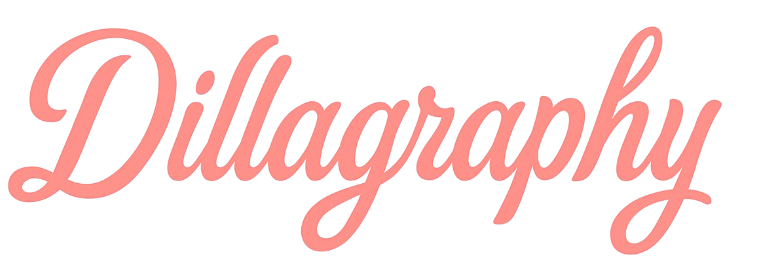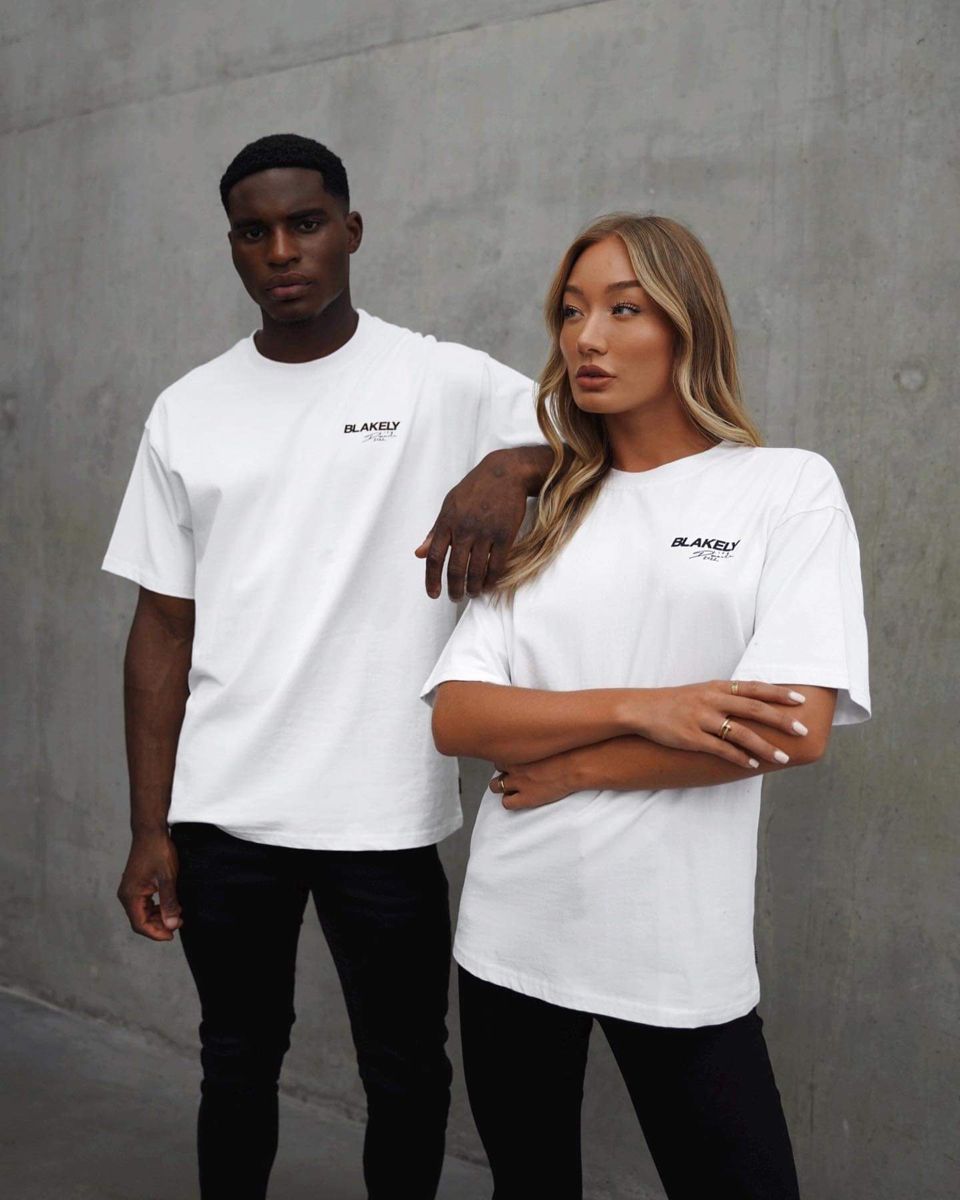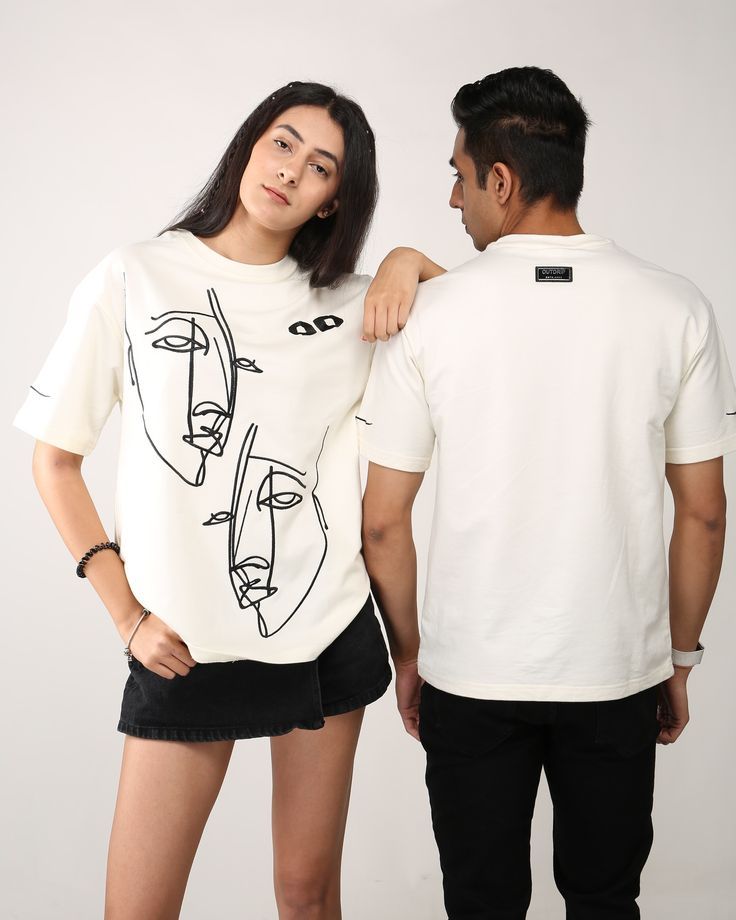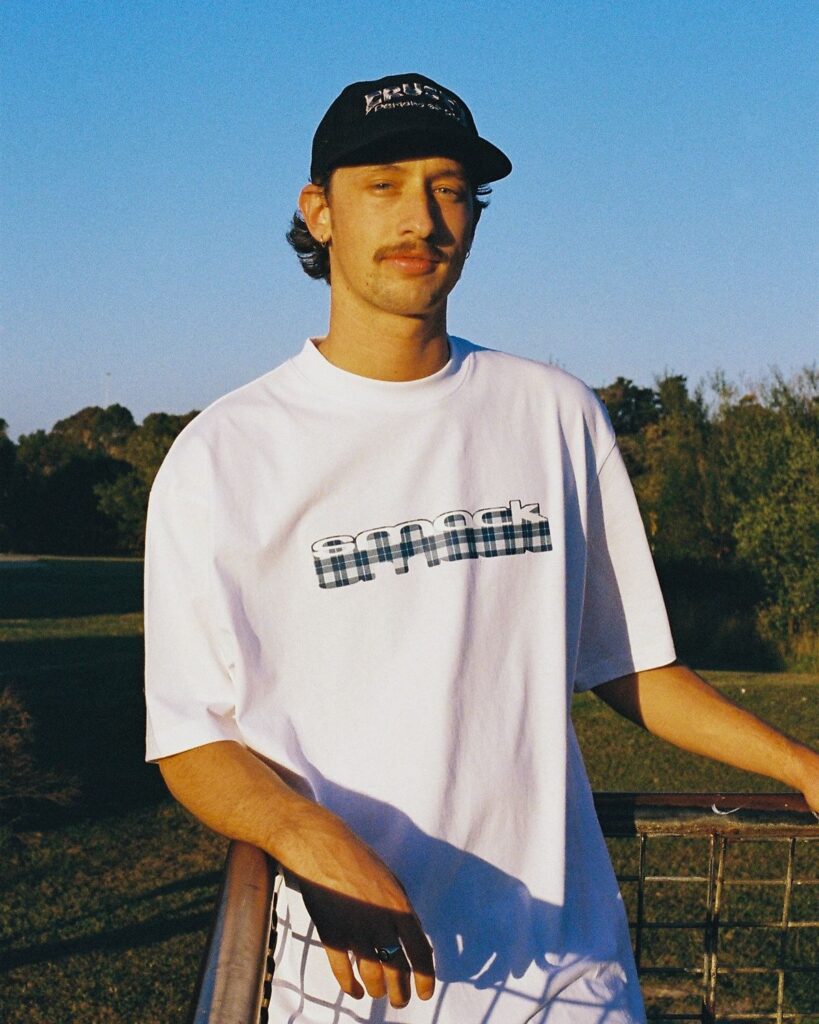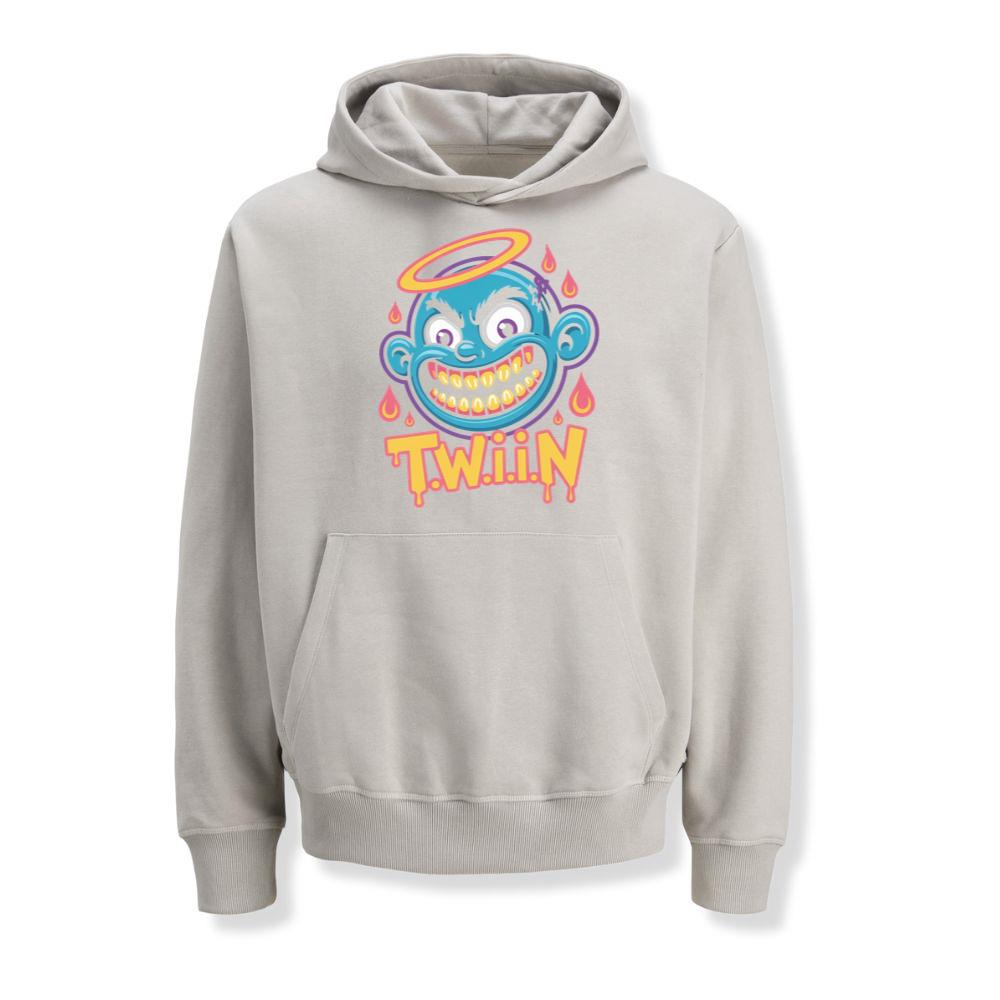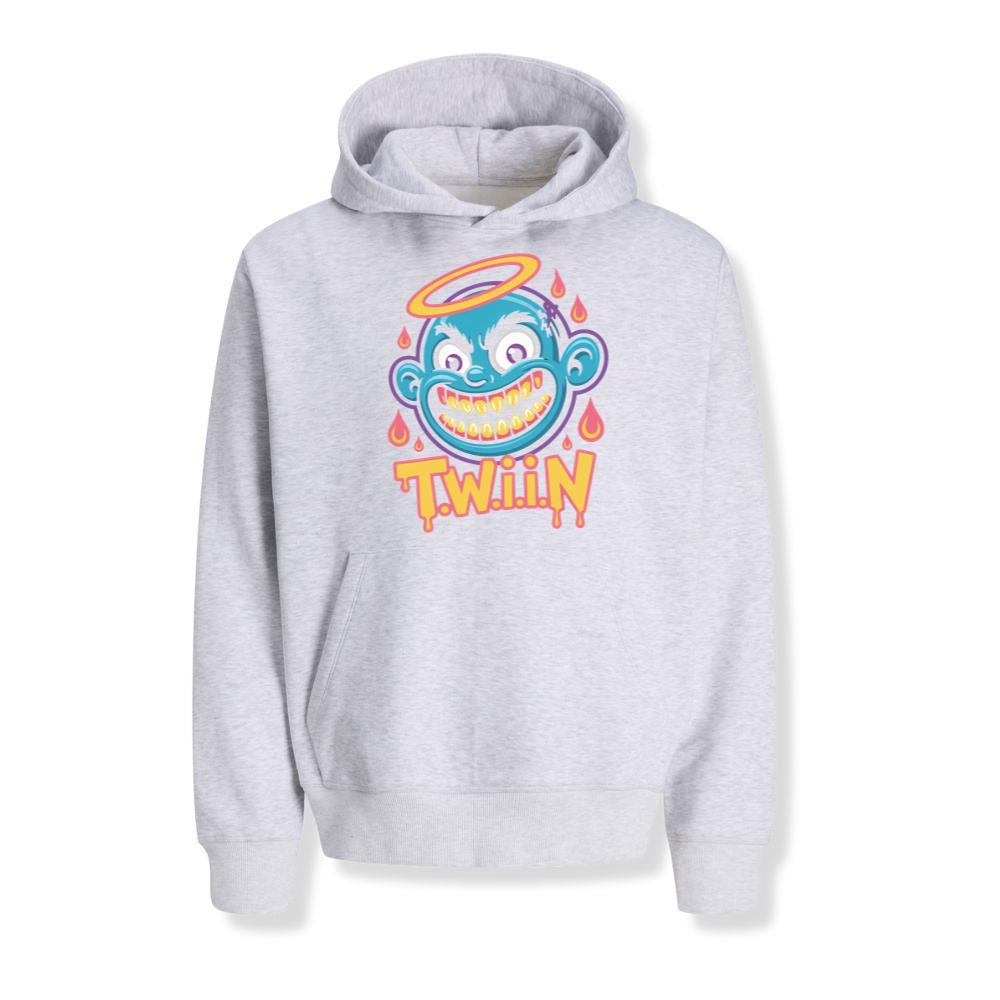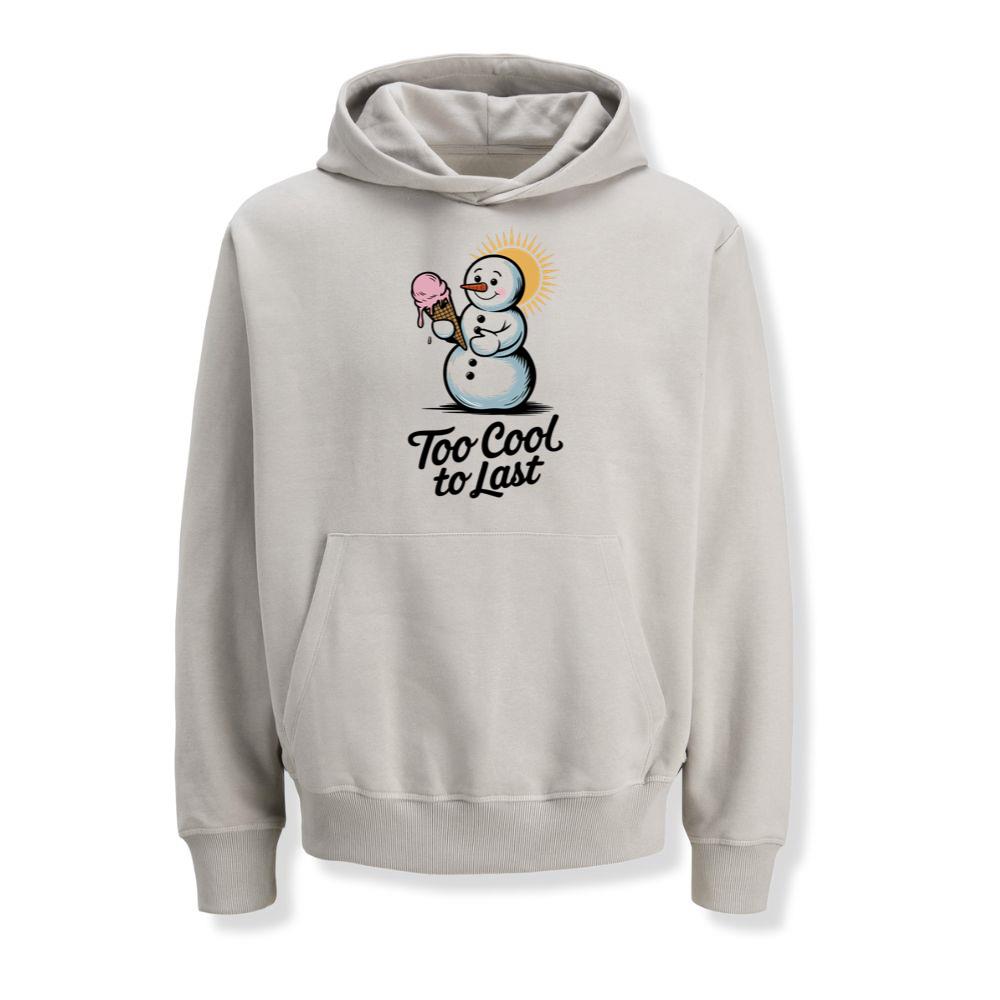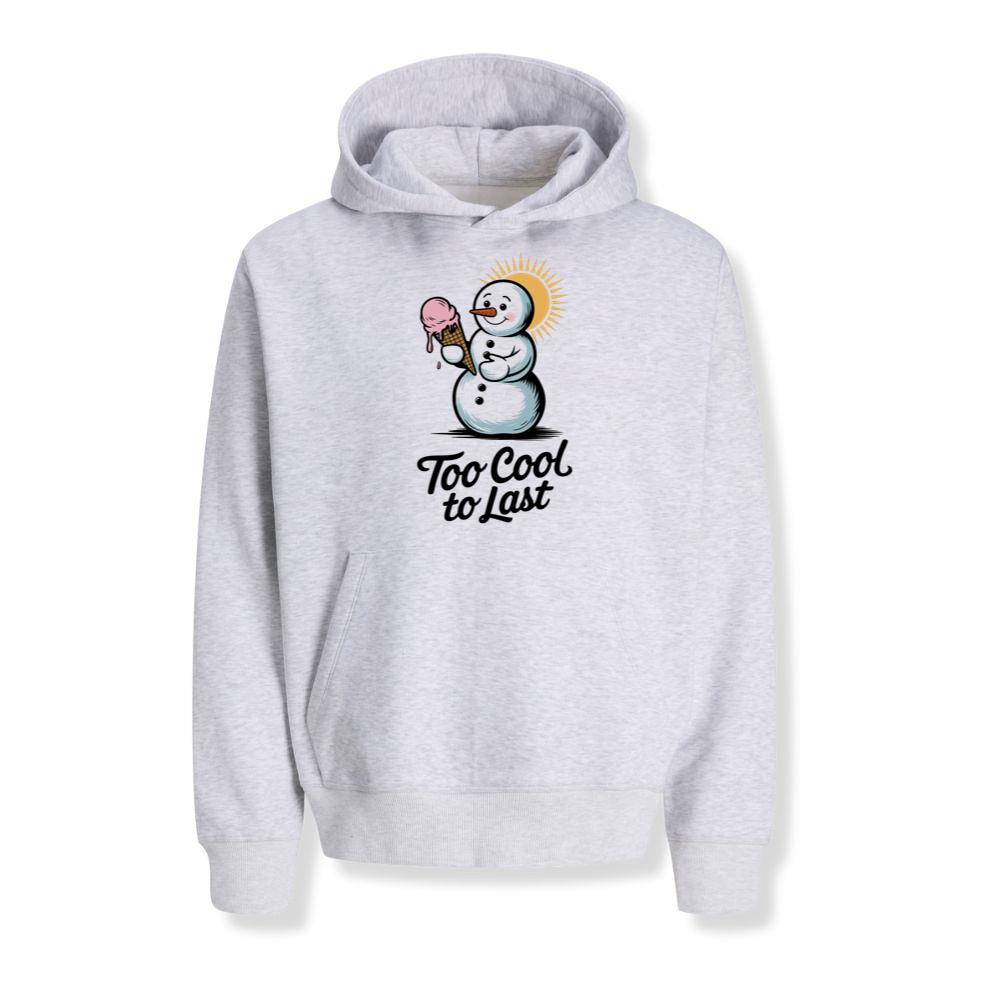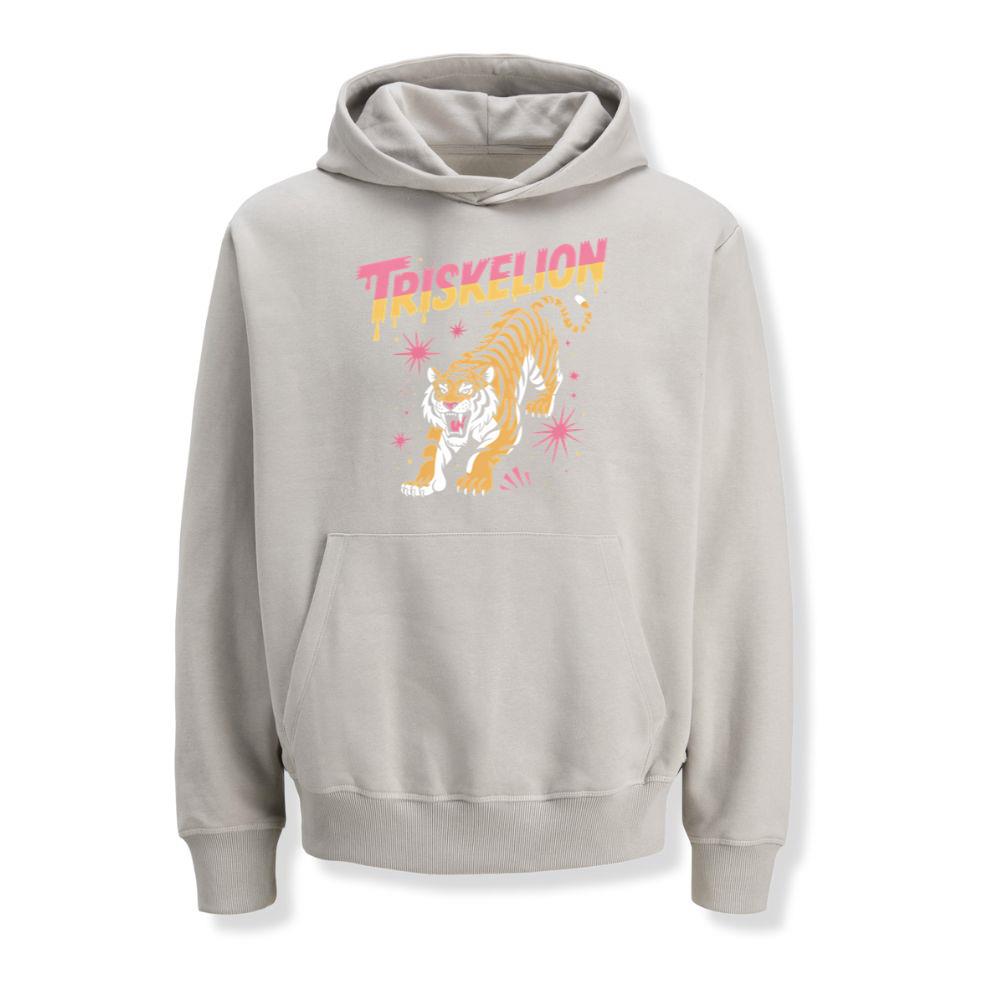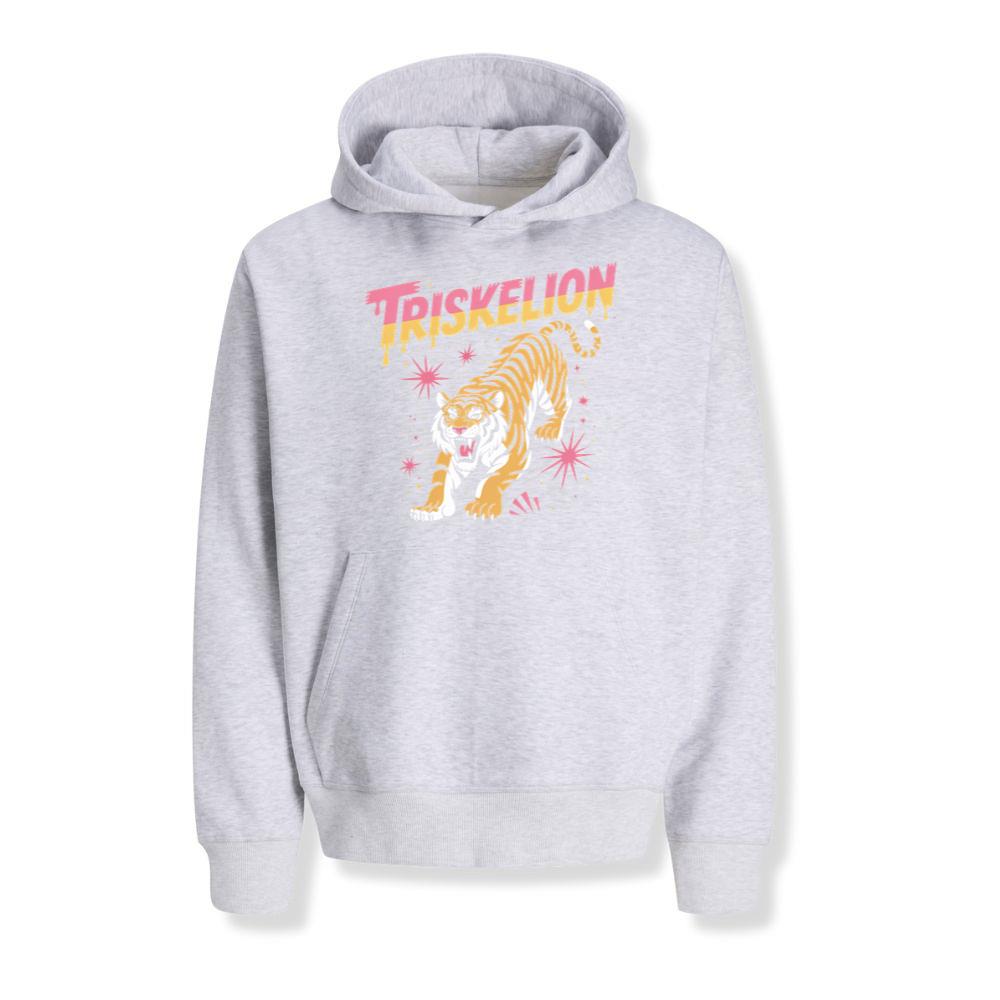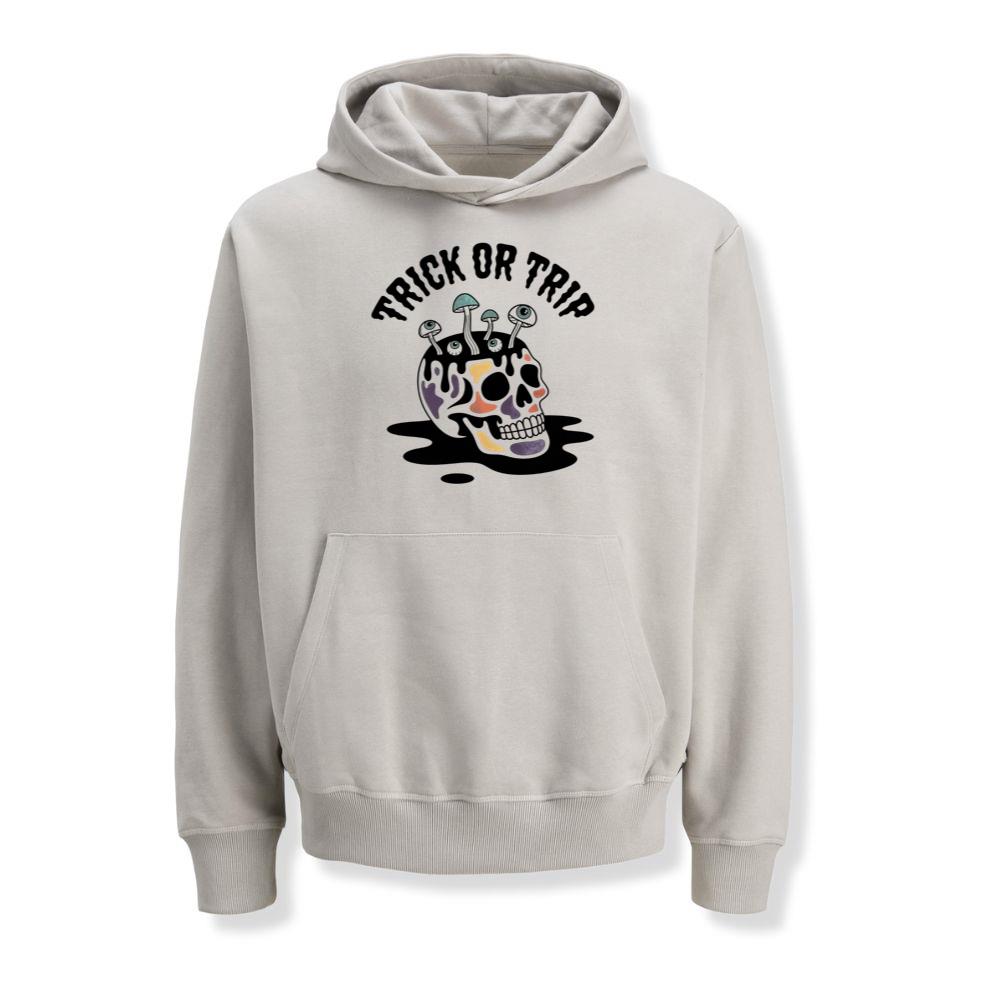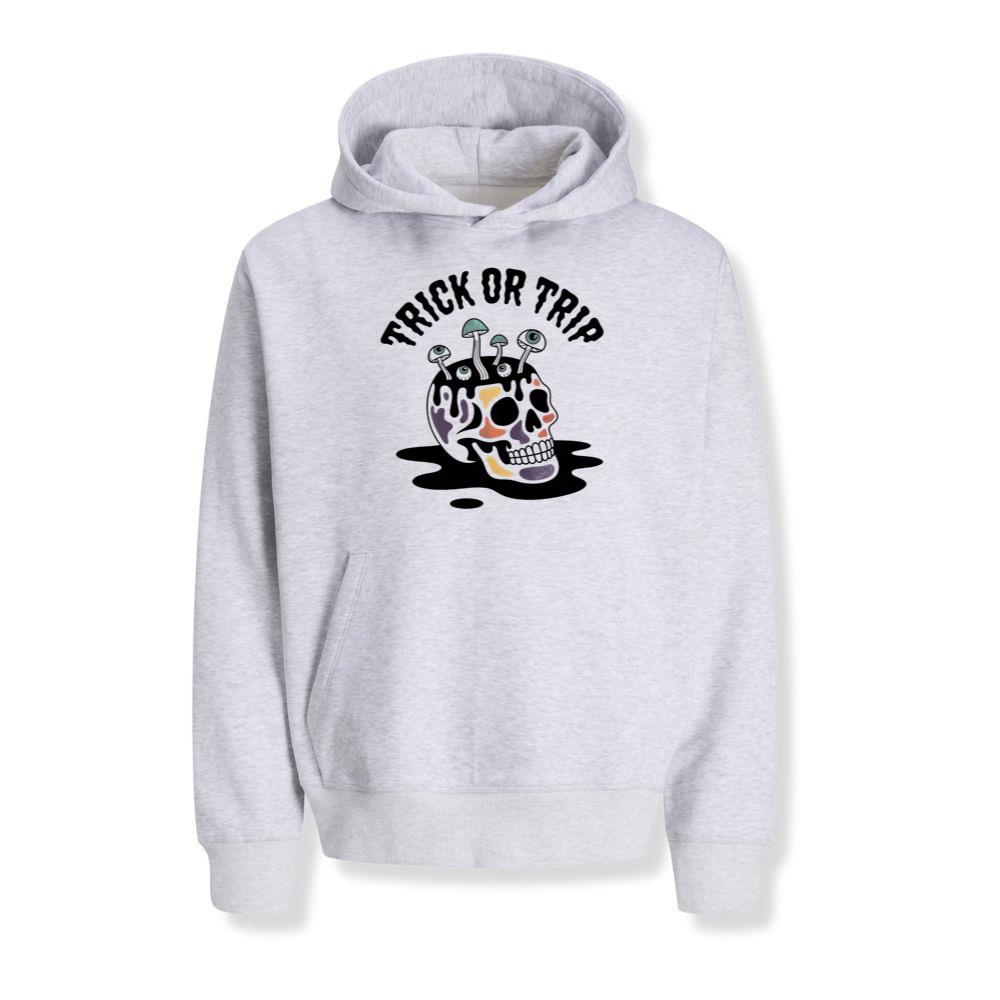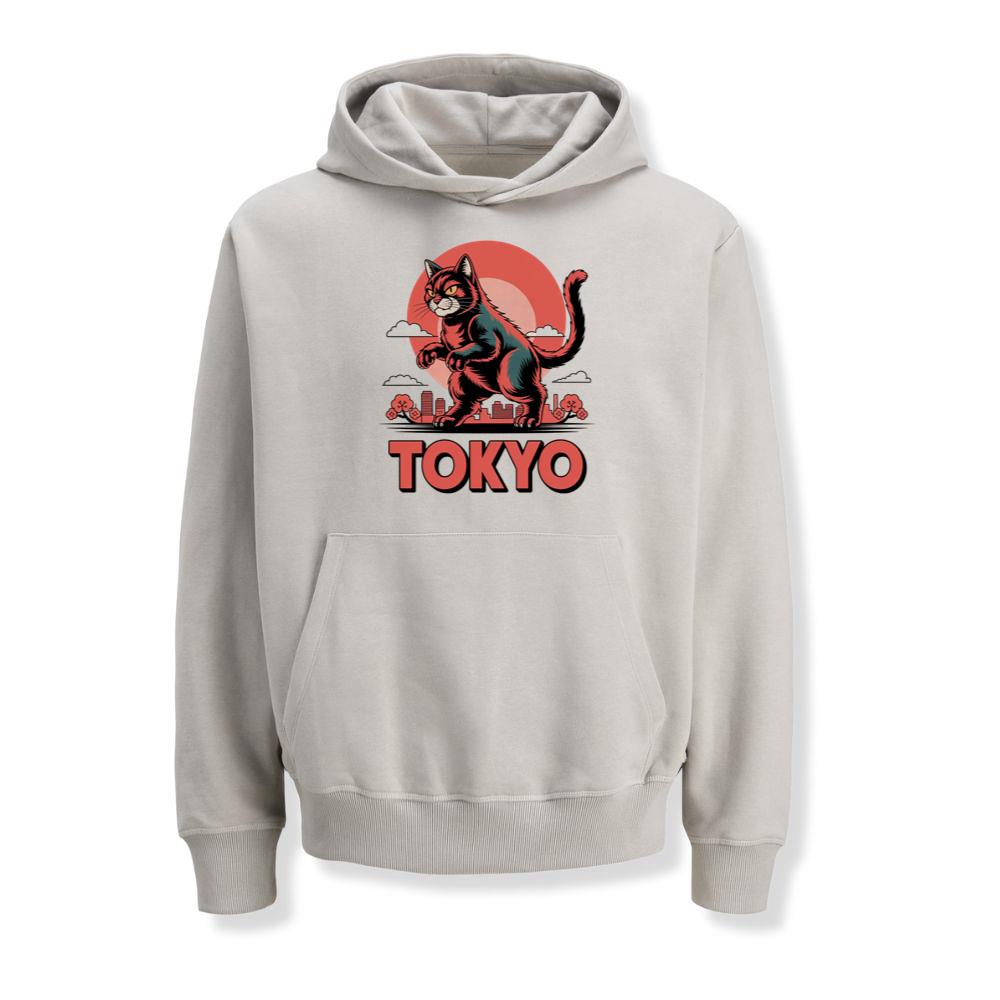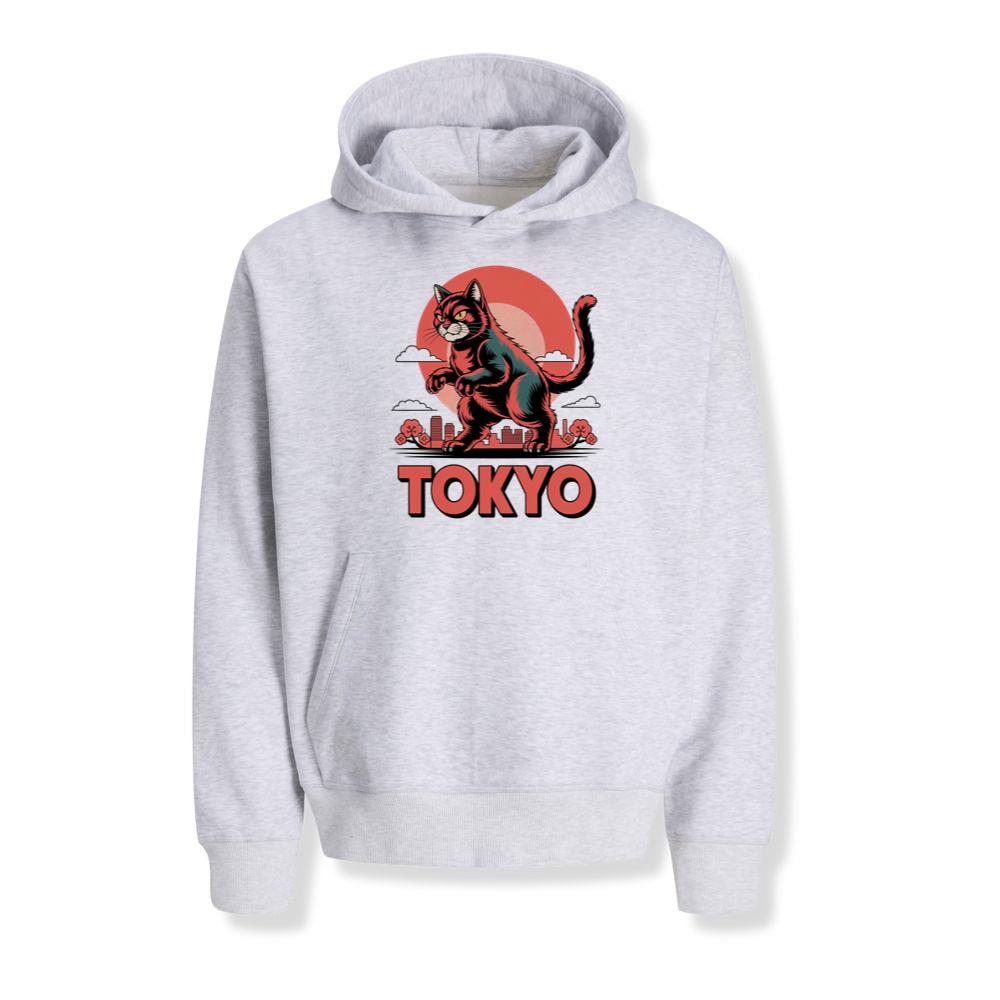The Ever-Moving Art of Fashion
Fashion is far more than fabric and form — it is a living language, constantly changing, always moving. Across generations and continents, style has captured the essence of human experience, turning everyday attire into symbols of identity, rebellion, and creativity. The story of fashion is a story of evolution — from survival and modesty to artistry and innovation. As humanity advanced, so did the way we expressed ourselves through what we wore. Each stitch, each silhouette, and each trend tells a tale of progress, imagination, and individuality. Fashion, in motion, reflects the pulse of time itself.
From Function to Expression: The Origins of Style
The earliest forms of clothing served simple, practical purposes — protection from the elements and the environment. Yet even in prehistoric times, adornment found its way into human culture. Shells, beads, animal hides, and pigments transformed garments into expressions of power and belonging. Ancient civilizations like Egypt and Mesopotamia introduced structure and luxury to clothing, using gold threads, dyed linen, and detailed embroidery as emblems of wealth and status. As society evolved, garments became tools for storytelling, revealing one’s tribe, rank, or spiritual beliefs. What began as necessity soon became art, and clothing turned into a language of distinction and beauty.
The Rise of Tailoring and the Power of Craftsmanship
As civilizations expanded, so did the sophistication of dressmaking. Tailoring emerged as both a craft and a form of sculpture — shaping fabric to follow the natural lines of the human body. The Renaissance period marked a turning point, celebrating the artistry of cut, texture, and fit. Each region developed distinct techniques and aesthetics, from the structured doublets of Europe to the flowing silks of Asia. The mastery of craftsmanship turned fashion into a profession and elevated artisans into visionaries. Through their work, clothing began to communicate not only who someone was but who they aspired to become.
The Industrial Revolution and the Democratization of Dress
The Industrial Revolution transformed fashion forever. Machines replaced hands, and mass production made clothing accessible to the masses. What was once exclusive to the elite became available to everyday people. Textile factories produced fabrics faster, cheaper, and in greater variety. The rise of department stores created new experiences in shopping, and the concept of seasonal fashion was born. For the first time, individuals could follow trends influenced by magazines and advertisements. This democratization of style bridged social divides and allowed people to participate in the ongoing evolution of aesthetic expression.
Haute Couture: When Fashion Became an Art Form
In the 19th century, fashion reached new heights of artistry with the birth of haute couture. Designers like Charles Frederick Worth and later Coco Chanel and Christian Dior redefined how clothing could shape the human experience. Haute couture became synonymous with elegance, craftsmanship, and exclusivity. Each piece was a masterpiece — sewn by hand, fitted precisely, and imbued with vision. The runways of Paris became stages for innovation, while designers turned into cultural icons. Haute couture didn’t just set trends; it defined eras, influencing global fashion houses and inspiring generations of creators.
The Street Takes Over: Culture, Rebellion, and Identity
By the mid-20th century, fashion took a turn toward the streets. Youth culture, music, and rebellion fueled new movements of self-expression. From the rock ‘n’ roll leather jackets of the 1950s to the punk revolution of the 1970s and the hip-hop aesthetics of the 1990s, street fashion redefined authenticity. It rejected the rules of couture and celebrated individuality. Subcultures shaped what people wore — torn jeans, sneakers, and oversized silhouettes became statements of freedom and defiance. The street gave fashion a raw, democratic voice, proving that style no longer belonged solely to the elite but to everyone with imagination.
Digital Threads: Technology’s Influence on Modern Fashion
The digital age wove technology into the very fabric of fashion. Virtual runways, AI-generated designs, and 3D-printed garments reshaped how the world experienced clothing. Social media became the new front row, and influencers turned into tastemakers. Designers began using advanced materials like smart textiles and wearable tech that responded to movement, temperature, or light. Fashion’s relationship with technology blurred the line between physical and digital worlds, giving rise to virtual wardrobes and digital couture. In this era, expression evolved beyond fabric — it became data-driven, customizable, and infinitely adaptable.
Sustainable Design: The Conscious Shift in Creation
As awareness of environmental impact grew, the fashion industry faced a reckoning. Fast fashion’s cycle of consumption and waste prompted a global shift toward sustainability. Designers began rethinking materials, production methods, and business ethics. Eco-friendly fabrics, upcycling, and zero-waste patterns became essential practices. Sustainability was no longer a trend but a necessity, redefining luxury as responsibility. Modern consumers now demand transparency — from how fibers are sourced to how workers are treated. This conscious evolution marked a powerful change, proving that beauty and ethics can coexist in the same garment.
he New Luxury: Minimalism, Authenticity, and Intent
Luxury in fashion has shifted from extravagance to essence. Today’s consumers seek meaning over material excess. True luxury lies in craftsmanship, sustainability, and emotional connection. The modern aesthetic embraces minimalism — clean lines, timeless design, and purposeful creation. Brands that prioritize quality over quantity resonate deeply in a world saturated by fast trends. Authenticity has become the new currency, and intentional design the new aspiration. The new luxury is not about owning more but about valuing what truly matters.
The Future in Fabric: Innovation and Emotional Design
As technology advances, fashion continues to merge science with sentiment. Smart textiles that adapt to climate, AI that predicts preferences, and 3D body scanning redefine the future of fit. Yet innovation also lies in emotion — in creating garments that connect with people on a deeper level. Designers now explore how clothing affects psychology, comfort, and well-being. The future of fashion is both digital and human, merging innovation with empathy. It’s a future where creativity and consciousness coexist seamlessly, shaping the next chapter of expression.
Conclusion: The Continuous Thread of Evolution
Fashion has always been in motion — evolving with every generation, adapting with every era, and redefining what it means to express oneself. From primitive adornment to digital couture, the journey of fashion mirrors humanity’s endless pursuit of beauty and identity. Each period leaves its mark, weaving a continuous thread through time — one that connects the past, celebrates the present, and anticipates the future. In every fold and fiber lies a reflection of who we are and who we aspire to be. The evolution of fashion expression is not just about what we wear; it’s about how we choose to move through the world — boldly, beautifully, and ever in motion.
